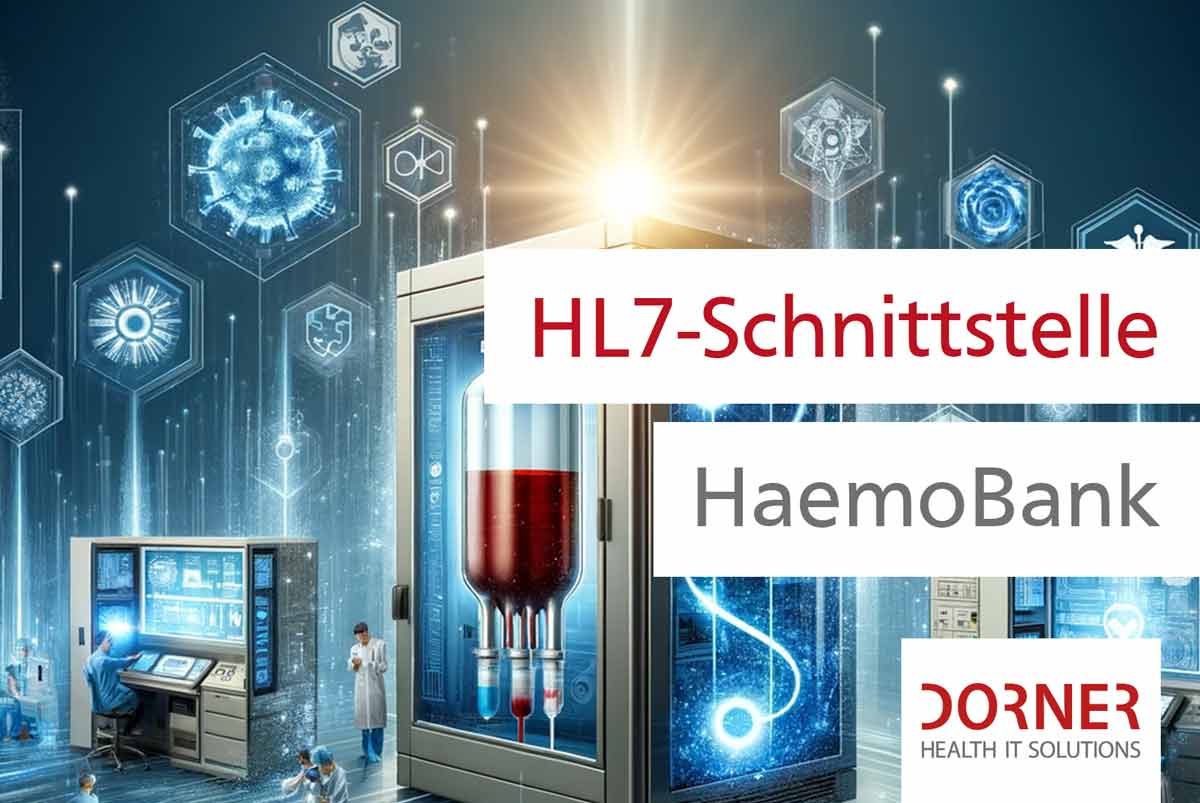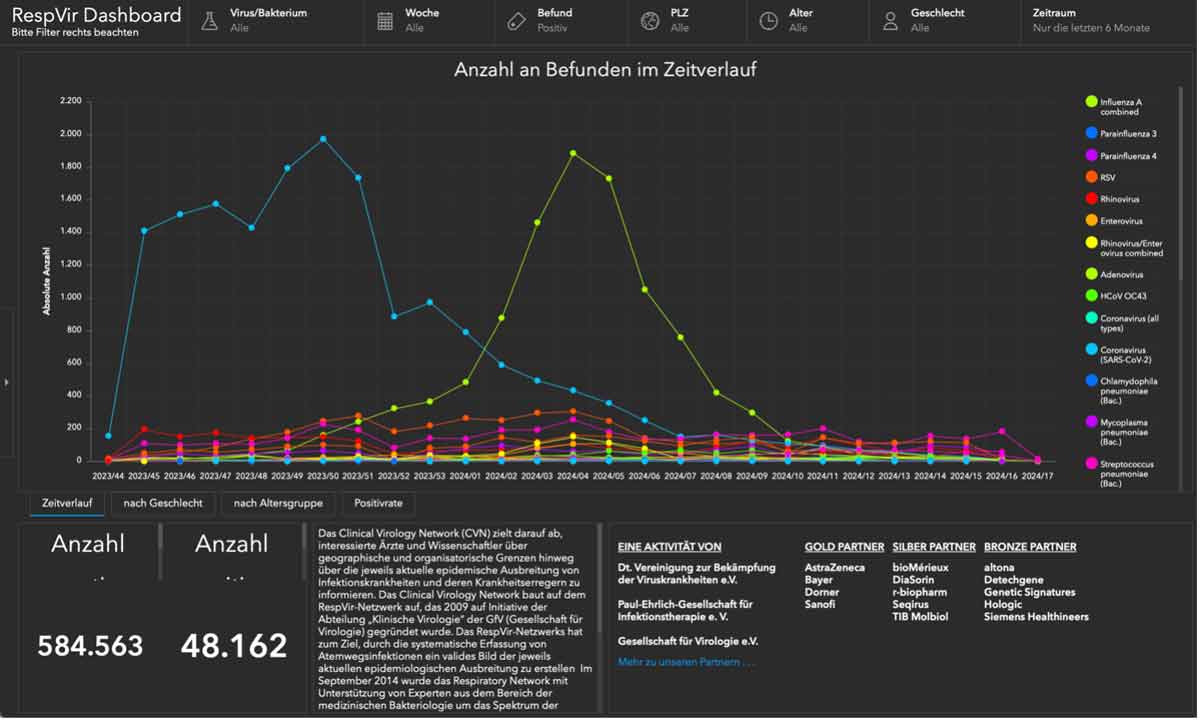The demand for genetic testing is experiencing a steady increase and remains critical in the medical landscape. With each innovation and new method, ever deeper insights into the genetic basis of health and disease are opened up. This development presents physicians with a wealth of opportunities, from treatment planning to diagnosis confirmation and therapy adjustment. But as the importance of genetic analysis increases, so does the challenge of handling a growing number of samples and requests.
In this development, highly specialized software solutions such as DORNER software have become an indispensable tool. These automate resource-intensive processes and significantly reduce the workload of medical staff. The DORNER Genetics LIMS has become indispensable at almost every workplace in genetics and has revolutionized the way laboratories work.
Bence Dvoràk, Laboratory Coordinator at the Oncology Laboratory of the University Children's Hospital Zurich, gave us an exclusive insight into the essential role of DORNER Genetics LIMS (Laboratory Information and Management System) in supporting their work.
Where does the DORNER Genetics LIMS become visible in your work in the laboratory?
Bence Dvoràk: From the documentation side, the DORNER Genetics LIMS comes into play in that we record everything both in paper form and electronically. This is done for both quality management and laboratory organization. We have been working with work lists for about a year and a half. Work lists and work batches are the two essential modules of the DORNER Genetics LIMS for us, and they are being introduced to us step by step. It is therefore necessary that we also record all data and information electronically.
Can you tell us more about the process of chromosome analysis and how the DORNER Genetics LIMS helps?
Bence Dvoràk: Both quality and quantity are recorded in the quality management system, i.e. the DORNER Genetics LIMS. Then the chromosomes are stained, and after staining they are placed on the Metafer G system from MetaSystems. This is a fully automated system that works with the help of artificial intelligence. It searches, finds, records and classifies the chromosomes. A good example of work simplification through automation. And thanks to the bidirectional connection to our [i/med] Genetics LIMS, karyotyping is started with one click and the results are fully imported.
How has the integration of the DORNER Genetics LIMS affected the efficiency of your work?
Bence Dvoràk: One example: as soon as we know that a chromosome analysis is being carried out, we press the 'Send metafer' button in the LIMS. This creates a patient folder on the server through which the two systems interact with each other. On the one hand, this is extremely practical for us, as we no longer have to enter all the individual data such as surname, first name and laboratory number manually, which is a potential source of error. Instead, we can simply rely on the systems and trust them. On the other hand, creating a karyogram can be time-consuming and tedious, and copying data back and forth between systems also carries the risk of errors. It is now set up so that once the karyogram is created in the Neon software, it is automatically transferred to the DORNER Genetics LIMS. The findings can then be completed there. In addition, we are obliged to archive a specific number of karyograms for each clone in digital form for 30 years, and this task is also facilitated by the DORNER Genetics LIMS.
Sounds like an impressive increase in efficiency. What about fluorescence in situ hybridization (FISH)? How does the DORNER Genetics LIMS support this process?
Bence Dvoràk: Again, all the steps are recorded in the DORNER Genetics LIMS, as all the work lists are mapped there to record which patients need to be examined and which probes are to be used. The approach here is in the laboratory, both manually and with the help of automated systems. However, quality assurance is ultimately performed again in the DORNER Genetics LIMS.
Can you also please tell us about next-generation sequencing (NGS) and region-specific comparative genomic hybridization (RSCGH)?
Bence Dvoràk: NGS and RSCGH are performed upstairs, but the principle is the same. All quality characteristics and all information about a patient are always recorded in the DORNER Genetics LIMS.


